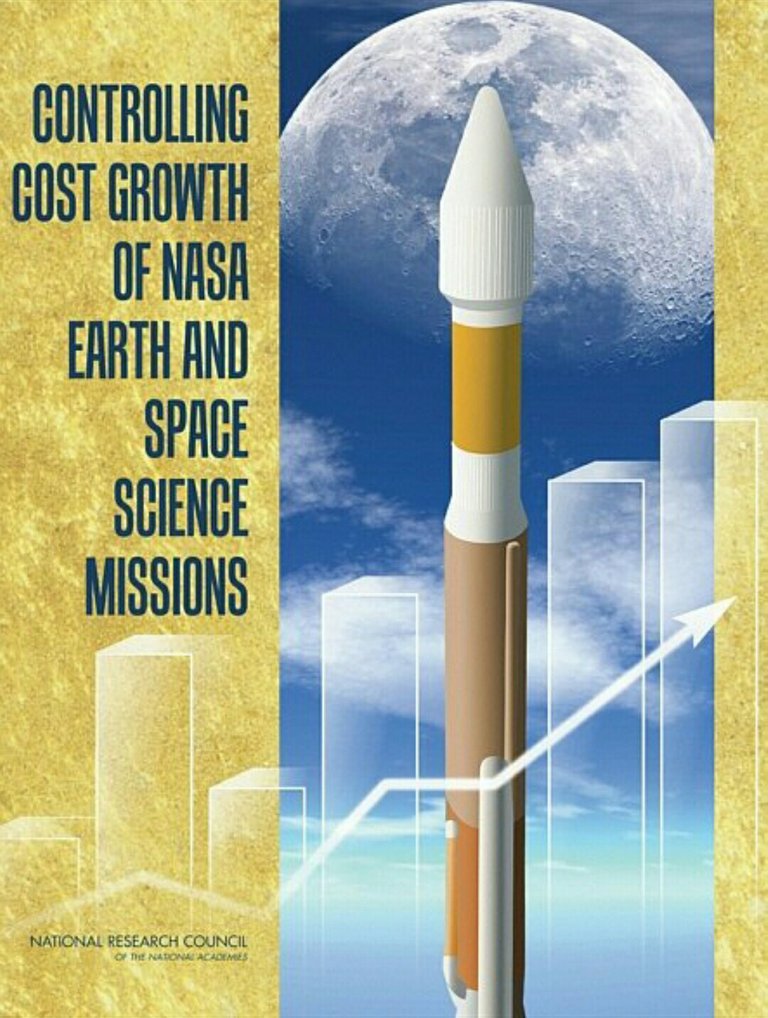 Cost and schedule growth is a problem experienced by many types of projects in many fields of endeavor. Based on prior studies of cost growth in NASA and Department of Defense projects, this book identifies specific causes of cost growth associated with NASA Earth and space science missions and provides guidance on how NASA can overcome these specific problems.
Cost and schedule growth is a problem experienced by many types of projects in many fields of endeavor. Based on prior studies of cost growth in NASA and Department of Defense projects, this book identifies specific causes of cost growth associated with NASA Earth and space science missions and provides guidance on how NASA can overcome these specific problems.
The recommendations in this book focus on changes in NASA policies that would directly reduce or eliminate the cost growth of Earth and space science missions. Large cost growth is a concern for Earth and space science missions, and it can be a concern for other missions as well. If the cost growth is large enough, it can create liquidity problems for NASA's Science Mission Directorate that in turn cause cost profile changes and development delays that amplify the overall cost growth for other concurrent and/or pending missions. Addressing cost growth through the allocation of artificially high reserves is an inefficient use of resources because it unnecessarily diminishes the portfolio of planned flights. The most efficient use of resources is to establish realistic budgets and reserves and effective management processes that maximize the likelihood that mission costs will not exceed reserves. NASA is already taking action to reduce cost growth; additional steps, as recommended herein, will help improve NASA's mission planning process and achieve the goal of ensuring frequent mission opportunities for NASA Earth and space science.
Hi! I am a robot. I just upvoted you! I found similar content that readers might be interested in:
https://www.nae.edu/19582/Reports/24721.aspx